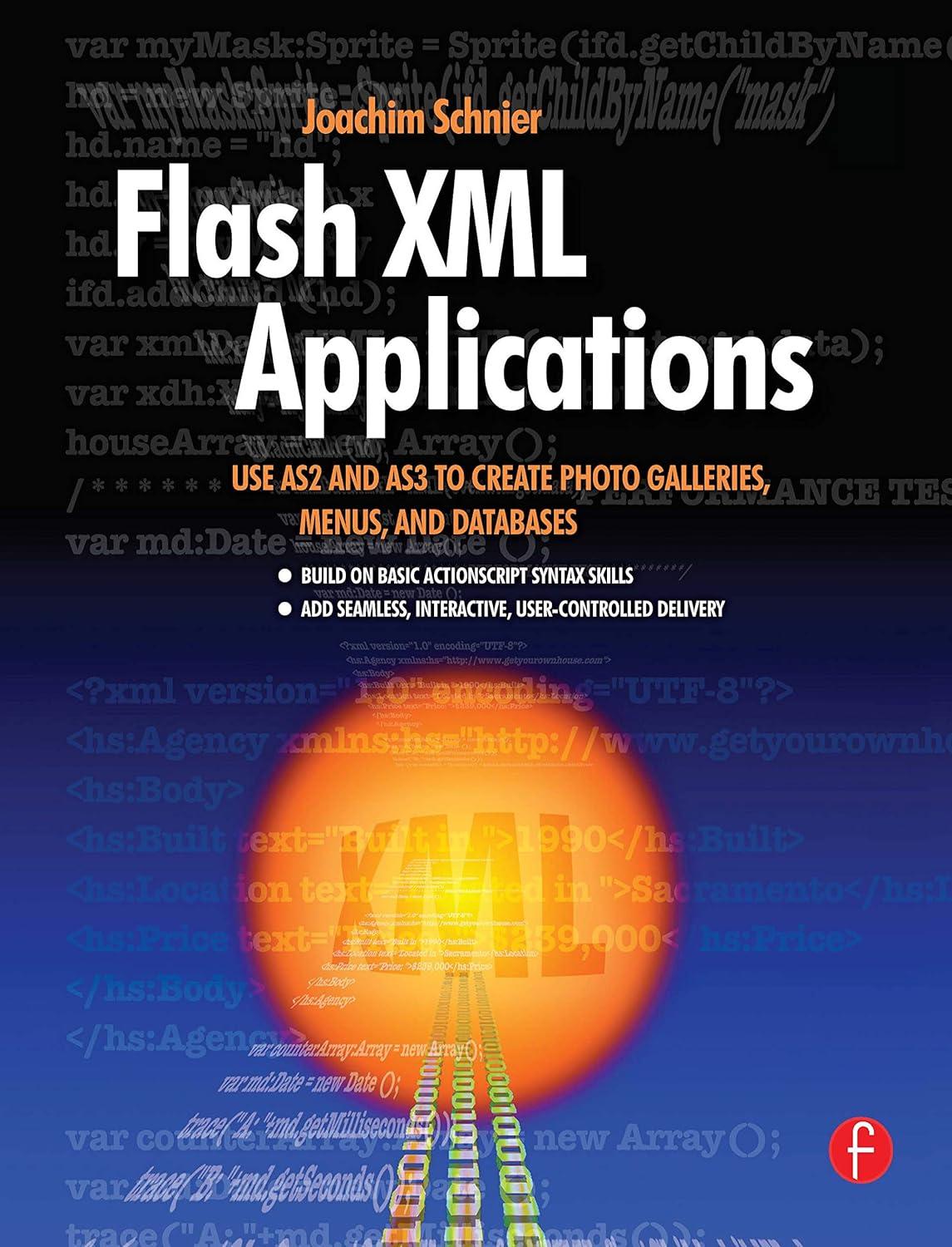Question
Hi I was just wondering if anyone could help me with my code, I am unsure how I would add a PhaseFrequencyOffset command. I read
Hi I was just wondering if anyone could help me with my code, I am unsure how I would add a PhaseFrequencyOffset command. I read on MathWorks that you can use H = comm.PhaseFrequencyOffset(Name,Value), but I'm not entirely sure how id write this, as every time ive attempted it, it never has any effect on the wave. What I'm basically looking to do is use both the frequency and phase separately so I can compare the two results afterwards, I want the offsets to only show on the demodulator signal, so id assume there's more code I need to add than just the main command. Ill leave my current code below but any help would be appreciated as ive been stuck on this for a couple days now. close all clear all clc %%echo on t0=.15; % signal duration ts=1/1500; % sampling interval fm=3/0.15; % message signal frequency fc=250; % carrier frequency a=5; % Modulation index a = amplitude of message/ amplitude of carrier fs=1/ts; % sampling frequency t=[0:ts:t0]; % time vector df=0.3; % desired frequency resolution % message signal m=[ones(1,t0/(3*ts)),-2*ones(1,t0/(3*ts)),zeros(1,t0/(3*ts)+1)]; m=cos(2*pi*fm.*t); c=cos(2*pi*fc.*t); % carrier signal u=m.*c; % modulated signal m_n=m/max(abs(m)); % normalized message signal u=(1+a*m_n).*c; % modulated signal %received signal y=u.*c; % mixing %Local oscillator - change the frequency and phase of c by desired values [M,m,df1]=fftseq(m,ts,df); % Fourier transform M=M/fs; % scaling [U,u,df1]=fftseq(u,ts,df); % Fourier transform U=U/fs; % scaling [Y,y,df1]=fftseq(y,ts,df); % Fourier transform Y=Y/fs; % scaling f_cutoff=150; % cutoff freq. of the filter n_cutoff=floor(150/df1); % Design the filter. f=[0:df1:df1*(length(y)-1)]-fs/2; H=zeros(size(f)); H(1:n_cutoff)=2*ones(1,n_cutoff); H(length(f)-n_cutoff+1:length(f))=2*ones(1,n_cutoff); DEM=H.*Y; % spectrum of the filter output dem=real(ifft(DEM))*fs; % filter output % the effect of mixing. figure(1); subplot(3,1,1) plot(m(1:length(t))) title('Waveform of the Message Signal') xlabel('Time') subplot(3,1,2) plot(u(1:length(t))) title('Waveform of the Modulated Signal') xlabel('Time') subplot(3,1,3) plot(y(1:length(t))) title('Waveform of the Mixer Output') xlabel('Time') figure(2); subplot(3,1,1) plot(f,fftshift(abs(M))) title('Spectrum of the Message Signal') xlabel('Frequency') subplot(3,1,2) plot(f,fftshift(abs(U))) title('Spectrum of the Modulated Signal') xlabel('Frequency') subplot(3,1,3) plot(f,fftshift(abs(Y))) title('Spectrum of the Mixer Output') xlabel('Frequency') % the effect of filtering on the mixer output. figure(3); subplot(3,1,1) plot(f,fftshift(abs(Y))) title('Spectrum of the Mixer Output') xlabel('Frequency') subplot(3,1,2) plot(f,fftshift(abs(H))) title('Lowpass Filter Characteristics') xlabel('Frequency') subplot(3,1,3) plot(f,fftshift(abs(DEM))) title('Spectrum of the Demodulator output') xlabel('Frequency') % to compare the spectra of the message and the received signal. figure(4); subplot(2,1,1) plot(f,fftshift(abs(M))) title('Spectrum of the Message Signal') xlabel('Frequency') subplot(2,1,2) plot(f,fftshift(abs(DEM))) title('Spectrum of the Demodulator Output') xlabel('Frequency') % the message and the demodulator output signals. figure(5); subplot(2,1,1) plot(t,m(1:length(t))) title('The Message Signal') xlabel('Time') subplot(2,1,2) plot(t,dem(1:length(t))) title('The Demodulator Output') xlabel('Time')
Step by Step Solution
There are 3 Steps involved in it
Step: 1

Get Instant Access to Expert-Tailored Solutions
See step-by-step solutions with expert insights and AI powered tools for academic success
Step: 2

Step: 3

Ace Your Homework with AI
Get the answers you need in no time with our AI-driven, step-by-step assistance
Get Started


